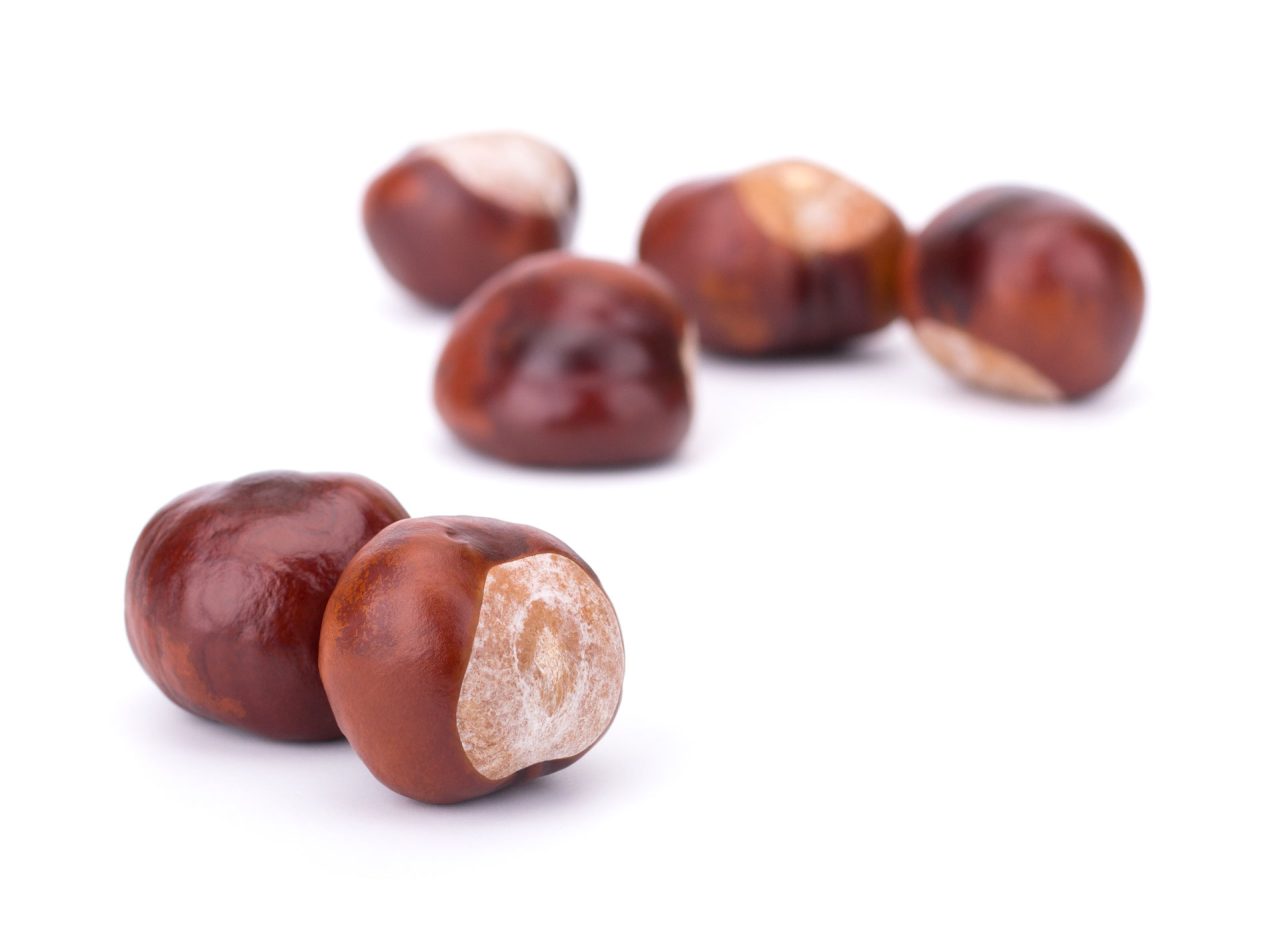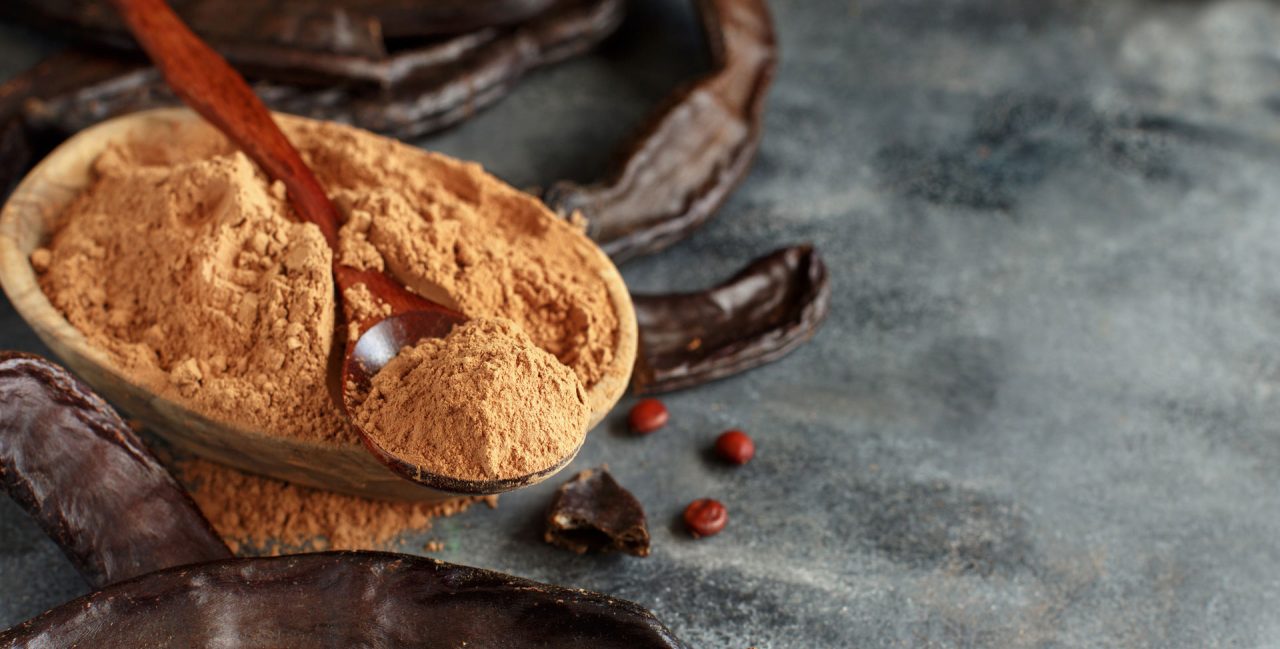What is gluten?
Gluten, which is a flexible and viscous substance consisting of two different plant-based proteins, named glutenin and gliadin combined with water, adds the structure and taste to pastries that we can’t get enough of, while giving consistency to soups and sauces and even to many dairy-based desserts. If there is one thing we should definitely know about gluten, it is that it is used in the production of many goods we may not even be aware of.
Although gluten is a substance found in cereal grains such as wheat, oats, barley and rye, it is also used in products such as chewing gum, toothpaste, some cosmetics and even detergents due to its thickening, moisture retaining and adhesive properties. It may sound strange but in order to add flavor to nuts, the salting process is realized with the help of gluten. As may be apparent, it is quite difficult to avoid gluten.
In recent years, the gluten-free diet has become a favorite and even the food industry uses the diet in its marketing strategies. One of the main reasons individuals avoid gluten is celiac disease, second comes gluten sensitivity and thirdly are valid health reasons such as dermatitis herpetiformis (a type of skin disease).
Gluten causes inflammation in the small intestine in patients suffering from some diseases. There is some evidence that a gluten-free diet may help with irritable bowel syndrome, neurological disorders such as gluten ataxia, type 1 diabetes and HIV-associated enteropathy. Contrary to the aforementioned however, there is little evidence that a gluten-free diet provides health benefits.
More red meat, full-fat dairy products, starchy vegetables, sugar and fat eaten alongside a gluten-free diet lead to higher cholesterol levels and a higher intake of saturated fat, sodium and unwanted calories. If you do not suffer from any intolerance, you can include various nutritional gluten-free grains in your diet without going completely gluten-free.
The importance of colors and diversity in nutrition
1- Learn about which grains contain gluten and which ones do not
Gluten-containing grains: wheat, rye, barley, malt, bulgur, couscous, durum wheat, semolina, matzah, triticale, spelt and kamut. For example: triticale is a cross hybrid of wheat and rye. Such grains may sometimes be cross-contaminated unless specified as gluten-free. Such a situation turns a gluten-free product into a product that does contain gluten.
Gluten-free grains: millet, oats, quinoa, amaranth, rice, wild rice, buckwheat, sorghum and teff.
2- Get rid of gluten-containing products in the kitchen
Check your refrigerator and pantry for the nutrition labels of all packaged and processed foods, as well as those of obvious products like wheat flour. For example, the first ingredient in soy sauce is usually wheat. However it can also be found in snacks, sauces, salad dressings and breakfast cereals.
3- Find gluten-free recipes and prepare your shopping list accordingly
Have you been wondering what quinoa tastes like? This is your chance to add this nutrient-rich food to your diet. A gluten-free diet doesn’t have to be a starch- or grain-free diet. Corn and potatoes help you meet this need. Meats, legumes, fruits and vegetables are naturally gluten-free. Perhaps a gluten-free diet will help you meet your daily needs of 5-7 portions of fruit and vegetables.
4- Discover supermarkets or websites who sell gluten-free products and make reading labels your habit
You’ll soon become familiar with gluten-free brands and products such as gluten-free pasta, crackers, waffles, etc. which may have a different taste than you are used to. After some trial and error and getting used to the flavor, you will be able to easily choose the products you like. Be sure to read the labels. Gluten-free products may occasionally contain high levels of refined carbohydrates, fats, sugars and salts, just like their gluten-containing counterparts, but may have
lower protein content. You may prefer such products from time to time to taste something different but they shouldn’t be preferred at all times.
5- Adopt a gluten-free lifestyle outside your home as well
After turning your home into a gluten-free haven, it’s time to find ways to stay gluten-free while out and about. The starting point is to raise awareness among the persons close to you. Your family and friends may not understand it unless you explain it to them. Some may be more understanding than others. Focus on the positives points rather than the limitations and explain how you feel or how it will make you feel better. Eating out has become much easier now, as more and more restaurants are adding gluten-free alternatives to their menus. You can even look at the menus of many restaurants beforehand online and get information in advance.








